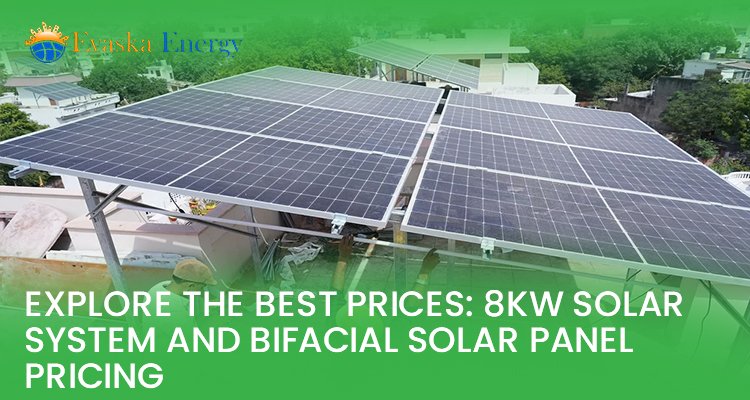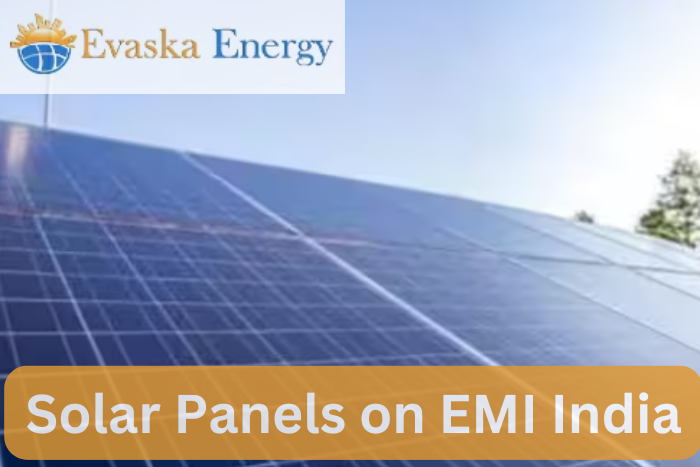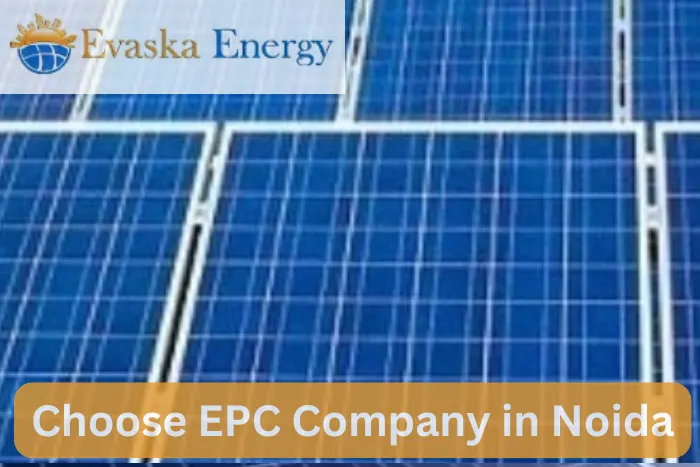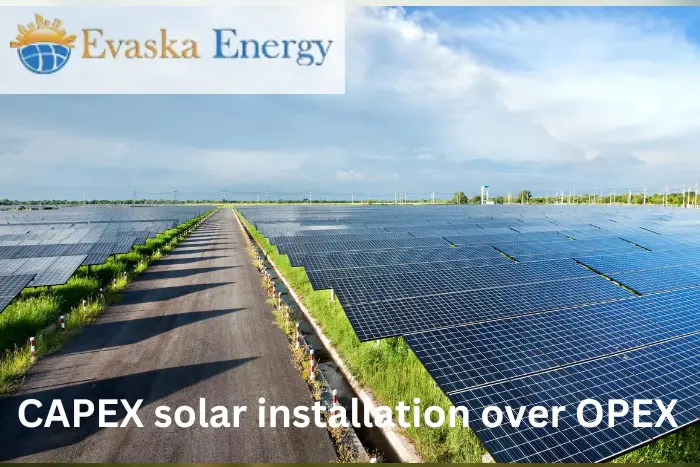Explore the Best Prices: 8kW Solar System And Bifacial Solar Panel Pricing
Bifacial solar panels are becoming increasingly popular due to their ability to generate more energy than traditional solar panels. The double-sided design of bifacial panels allows them to capture sunlight from both sides, which can increase their energy output by up to 30%. This is particularly useful in areas with high levels of reflected sunlight, such as snow-covered ground or water surfaces. These panels are also more durable than traditional solar panels, as they are less prone to damage from weather conditions such as hail or wind. They are also less likely to suffer from hot spots, which can occur when a single cell in a traditional solar panel becomes overheated and reduces the overall efficiency of the panel.
Another advantage of bifacial solar panels is their flexibility in installation. Because the electrical circuitry is not shielded or isolated by a frame or back sheet, it can be installed in a variety of configurations, including vertical, horizontal, or tilted. This allows for greater flexibility in designing solar systems that can fit into a variety of spaces and environments. These solar panels offer a number of advantages over traditional solar panels, including increased energy output, durability, and flexibility in installation. As the demand for renewable energy continues to grow, bifacial panels are likely to become an increasingly important part of the solar energy landscape.
How much does a 8kW solar system cost?
The world is currently at a critical juncture in adopting sustainable energy solutions, and solar power is leading the way in this movement. Likewise, in the midst of India's solar revolution, harnessing the power of the sun has become an increasingly popular option for individuals and businesses who are environmentally conscious. As our country progresses towards a greener future, solar energy has emerged as a viable and sustainable solution, with Evaska Energy at the forefront of this movement. However, if you are considering purchasing a solar panel system, you may be wondering what will be the 8kw solar system price for your home. At Evaska Energy, we understand the diverse energy needs of our customers, and we are here to provide you with information on the benefits of an 8 kW solar panel system specifically designed for the vibrant Indian context.
In India, understanding your energy requirements is crucial when considering a solar system for your home or business. On average, a household consumes approximately 250-300 kWh of electricity per month, which can vary depending on the number of occupants and appliances. An 8 kW solar panel system is an ideal choice as it can effortlessly meet the energy demands of a medium-sized Indian family. Not only does this system align perfectly with the average consumption, but it also provides surplus energy, ensuring a reliable power supply even during peak usage periods. With this tailored approach, you not only fulfil your energy needs but also make a significant contribution to India's sustainable energy landscape. Investing in solar energy is not only an environmentally friendly choice but also a financially wise decision. In recent years, the cost of solar power in India has significantly decreased, making it an affordable alternative to conventional electricity. With government initiatives and incentives in place, the financial benefits of investing in solar energy are even more compelling.
Are bifacial solar panels worth it?
Traditional solar panels have a solid frame and an opaque backing, which means that only the front side of the panel can generate energy when it is exposed to sunlight. This makes them more suitable for flat rooftop installations, as the back sheet covering the rear solar cells blocks any reflected light. On the other hand, bifacial solar panels have tempered glass panes on both sides and a frame similar to traditional panels. There are also frameless bifacial panels available, which securely hold the tempered glass and solar cells together without the need for an opaque frame. Bifacial panels have the potential to increase energy production in ground-mount systems by 11%, and up to 27% if solar trackers are used. However, they do come at a higher cost of around 10 to 15 Indian Rupees per watt compared to monofacial panels. In terms of the price of solar, Bifacial panels are most beneficial in situations where sunlight can reach both sides of the panel. They can be installed on the ground, elevated rooftop structures, solar-powered terraces, balconies, and other suitable locations.
While the use of bifacial panels may increase the initial installation costs, it is important to consider the potential long-term energy savings they can provide. If the additional power generated outweighs the higher expenses, the bifacial solar panel price comes with a reasonable rate. However, if maximising value for money and achieving a faster return on investment is the priority, monofacial panels may be a more suitable choice. Bifacial panels are particularly cost-effective for ground installations, exterior building placements, and flat rooftop setups. These panels utilise the same inverters as monofacial panels, eliminating the need for specific equipment.
Are bifacial solar panels more expensive?
The utilisation of bifacial solar panels in India may result in a 10 to 15 Indian Rupees per watt increase in your solar installation costs. If the initial higher expenses are outweighed by the additional power savings, opting for bifacial panels would be a prudent decision. However, if that is not feasible, monofacial panels could offer better value for your money and a quicker return on investment. The cost of solar bifacial panels can vary from INR 4.5 lakh to INR 9 lakh, depending on the number of panels required. It is important to note that these prices solely pertain to the panels themselves and do not encompass installation, other components, or labour expenses for the entire system.
What is the price of 1 set of solar panels?
Bifacial solar panels have the potential to raise the costs of your solar installation in India by 10 to 15 Rupees per watt. If the added power savings surpass the initial higher expenses, opting for bifacial panels would be a prudent decision. Nevertheless, if that is not feasible, monofacial panels could offer better value for your investment and a quicker return.
Evaska Energy: Feasible 8kW Solar System Price
India, a land where the sun symbolises vitality and unwavering strength, embracing solar power goes beyond being a mere option; it is a profound duty. Evaska Energy's solar panel systems emerge as a guiding light, illuminating your residence or business with the brilliance of clean, renewable energy. This choice harmonises perfectly with India's vision for a sustainable tomorrow, where each beam of sunlight harnessed today nurtures the promise of a greener future. Therefore, if you seek an energy-efficient, cost-effective, and environmentally friendly solution, the answer unequivocally points to an 8 kW solar panel system and 8kW solar system price. Embrace this transformative journey with Evaska Energy and witness the sun not only as a source of light but also as a catalyst propelling you towards a brighter and more sustainable future. Let your decision today sow the seeds of a cleaner, greener, and brighter India tomorrow.








